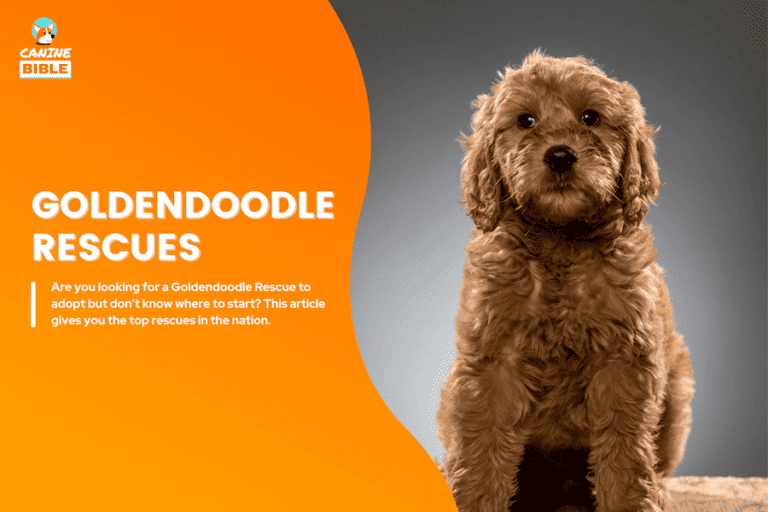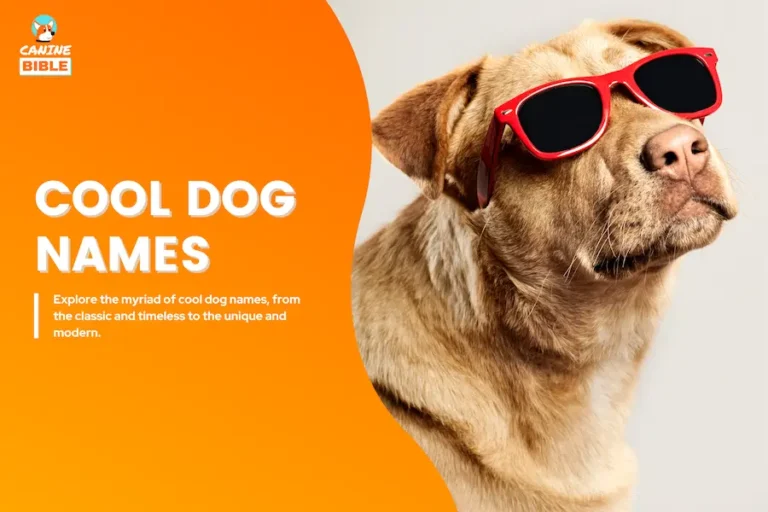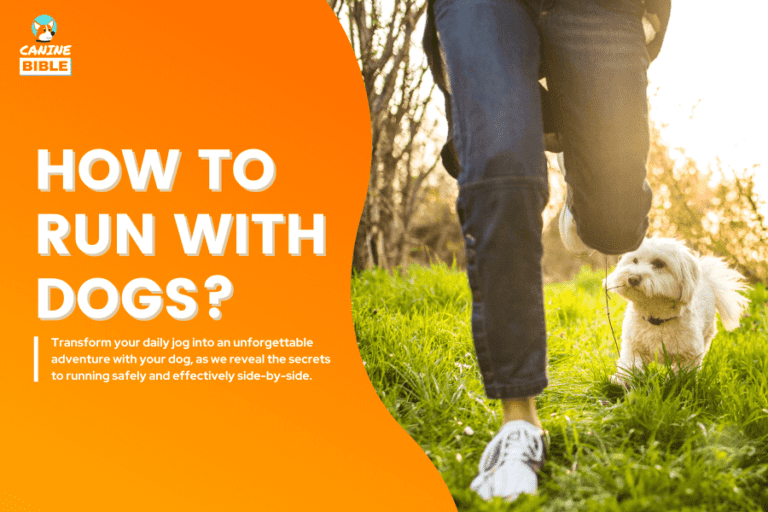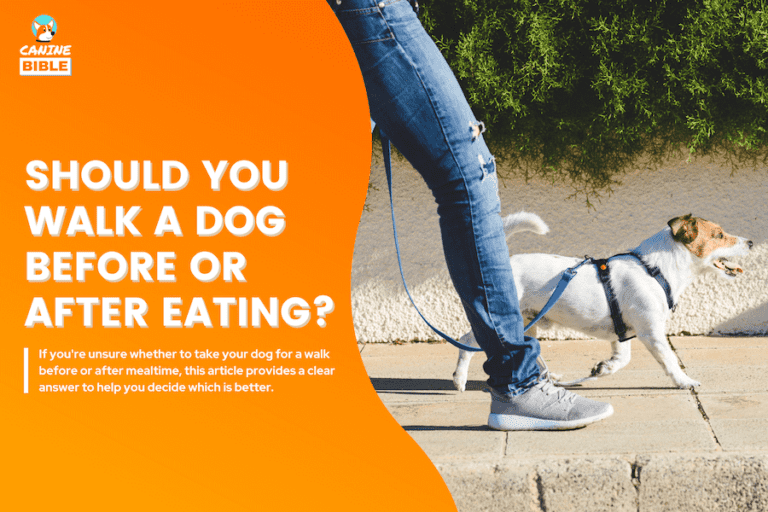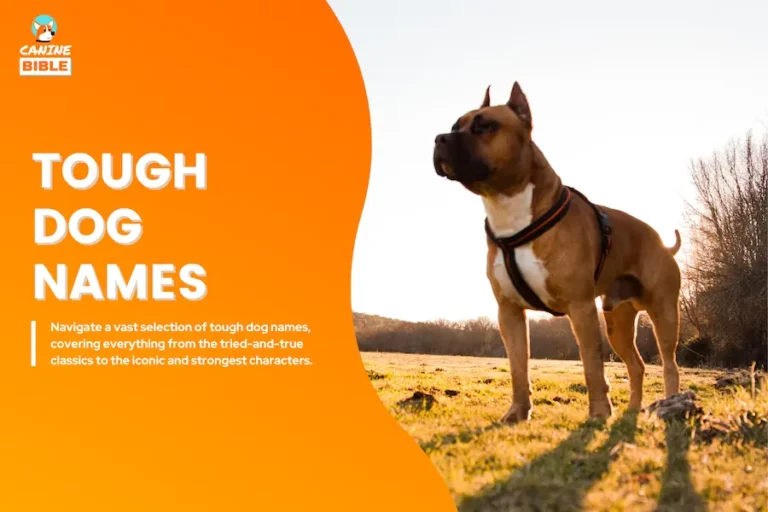How Long Should A Dog Wear A Cone After Neuter, Spay: When to Take It Off?
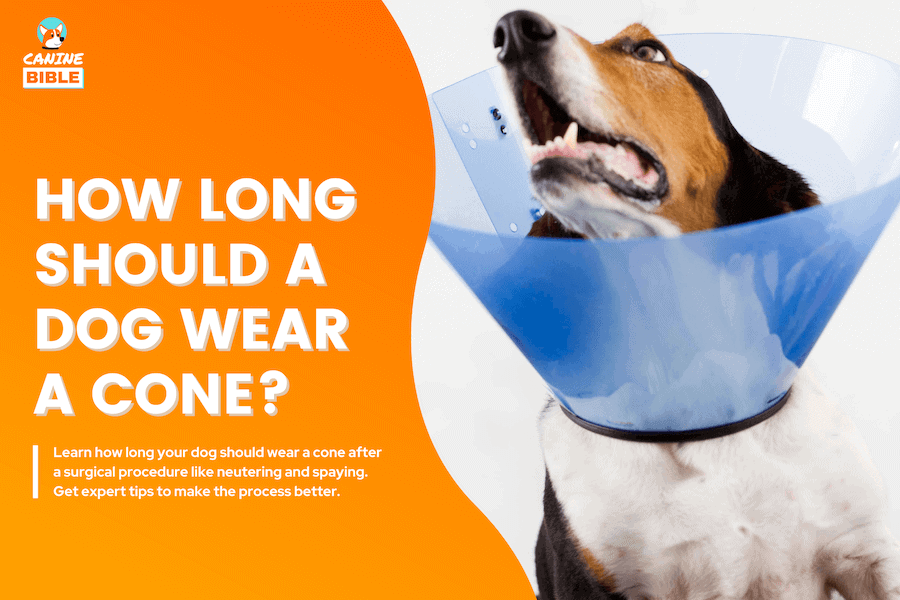
Canine Bible is reader-supported. We receive affiliate commissions via some of our links. This doesn’t affect rankings. Learn more.
When it comes to the well-being of our dogs, understanding and adhering to post-operative care is crucial. One of the common questions that pet owners face after their dog undergoes a neutering or spaying procedure is, “How long does a dog have to wear a cone after being neutered or spayed?” This question underscores the importance of the cone (Elizabethan collar or E-collar), a simple yet essential tool in ensuring a safe and efficient healing process. This article outlines the vet-recommended length for dogs to wear the cone following neutering or spaying. We also share comprehensive insights into why the cone is necessary, how it aids in the healing process, the risks of taking the cone off too soon, alternative cone options, and everything in between. Let’s dive in!
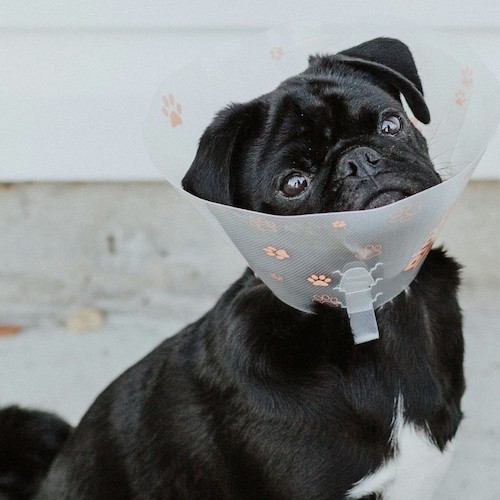
Understanding the procedure: Neutering or spaying a dog is a common surgical procedure pet owners undertake to prevent unwanted breeding and offer numerous health benefits. Neutering refers to the removal of the testicles in male dogs, while spaying is the removal of the ovaries and usually the uterus in female dogs. These procedures are routine and contribute to a longer, healthier life for your dog, reducing the risk of certain cancers and illnesses.
Why Dogs Need Cones After Neutering or Spaying
The cone is vital in safeguarding the healing process after a dog has been neutered or spayed. The cone is designed to prevent dogs from licking or biting their incision site, which can lead to infection or re-opening of the wound. Sara Ochoa, DVM, at Whitehouse Veterinary Hospital in Whitehouse, Texas. “Cones are important to keep your pet from causing problems with their skin or surgical site. Some pets will easily make things much worse for them and even remove stitches from a surgical site, causing major complications.”[1]
When to Take Cone Off Dog After Neuter [Spay]?
Typically, dogs require wearing a cone for 10 to 14 days. The cone should only be removed after the wound site has fully healed and the sutures have been removed. The duration for removing the cone after neutering or spaying your dog can vary, depending on factors such as the healing time of the surgery, the absorption time of suture material, the type of wound, the dog’s age, and other considerations.
If your dog keeps licking or biting their wound, your vet might say they must wear the cone longer. But if your dog is healing well and doesn’t seem bothered by the wound, your vet might let you take off the cone sooner than the usual 10-14 days.
Factors Affecting the Duration of Cone Wear
Cone Removal Timeline After Neuter/Spay
| Condition | Cone Wearing Duration |
|---|---|
| Typical Recovery (No Complications) | 10-14 days |
| Mild Infection or Irritation | 14-20 days |
| Wound Dehiscence (Re-opening) | 20+ days |
| Allergic Reaction to Sutures/Medications | Varies (based on treatment) |
| Secondary Surgery or Intervention | Varies (based on recovery) |
Risks of Keeping The Cone On For Too Long
Keeping the cone on for an extended period after neutering or spaying, beyond what is necessary, can pose certain risks and discomforts for your dog. A study by The University of Sydney researchers found the following risks associated with cone-wearing.
60%
of dogs have difficulty
drinking
68%
of dogs couldn’t
play
25%
of dogs had collar-related
injuries like irritation, falling, etc.
10%
of dogs had issues with grooming, bathroom, walking, etc.
A survey reported that 77.4% of pets had a poorer quality of life while wearing the cone. The quality of life was based on effects in various welfare domains, including nutrition, environment, health, behavior, and mental state. The research also revealed that Elizabethan collars could increase stress levels, resulting in abraded or ulcerated skin around the neck and leading to aggressive interactions with other animals.[2]
Inadequate monitoring and wearing can result in injuries for pets, possible deaths, asphyxiation, further costs for their owners, and liability to veterinarians. Furthermore, dogs can destroy their cones by scratching, clawing, or chewing the collar, potentially harming themselves.
How Long Should A Dog Wear A Cone After Neuter/Spay?
Most skin incisions from neutering and spaying surgeries fully heal within 10–14 days, which is typically how long a dog should wear a cone. In the days following surgery, the incisions may start to itch, prompting your dog to bite or scratch the area. Therefore, it’s crucial to keep the cone on 24/7. The general guideline is to remove the cone after 14 days. However, this two-week period is an estimate and can vary depending on the care you provide to the surgical site and individual factors specific to each dog. Once the incision has fully healed, your veterinarian will remove both the sutures and the cone.
How long should a dog wear a cone after laser neutering/spaying?
Many veterinarians are opting for laser technology in neutering and spaying surgeries due to its benefits, according to a case study published in Veterinary Practice News, laser surgery results in reduced bleeding, less blood loss, and quicker recovery times. Veterinarians have also observed less pain and swelling and a reduced risk of infection due to the extreme precision offered by lasers.[3] Despite these advantages, the recommended duration for cone-wearing after laser neutering procedures remains the same. Even though some dogs may recover more quickly with laser surgery, veterinarians usually advise keeping the cone on until complete healing, which can take up to 14 days or more, as mentioned previously.
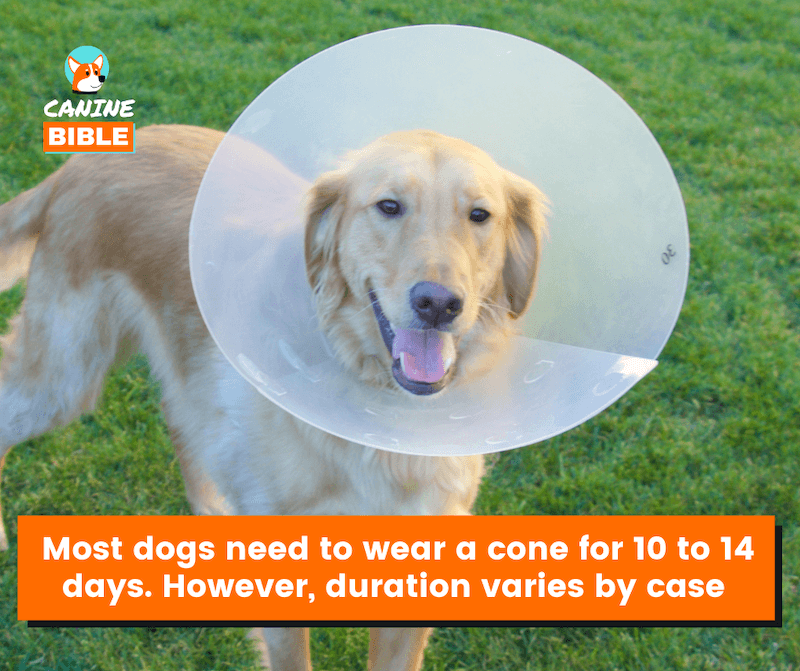
When Is It Okay to Temporarily Take Off The Cone?
It’s generally safe to temporarily remove the cone under certain circumstances for specific activities or brief periods when it is obstructive, as long as you can supervise your dog closely. Here are some situations where it might be okay to take off the cone:
- During feeding times
- During supervised grooming
- When applying medication
- When taking them outside for bathroom breaks
A study revealed that more than half (54.1%) of pet owners removed the Elizabethan collar only when the animal was under supervision, and 24.9% removed the Elizabethan collar for certain activities, for example, when the animal was being fed or given water. It’s important to remember that these are temporary measures, and the cone should be put back on immediately afterward. Always follow your veterinarian’s guidance regarding the cone and consult them if you’re unsure when it’s safe to remove it.
Signs Your Dog is Ready to Remove the Cone
Healed incision site
The surgical site should be well-healed, with no open wounds, redness, swelling, or discharge. The skin should be closed, and there should be no signs of infection.
Normal behavior
While some lethargy is expected immediately after surgery, your dog should gradually return to normal behavior.
Veterinarian’s approval
A follow-up check with your veterinarian can confirm whether the wound has healed adequately. The vet’s approval is crucial before removing the cone.
Absence of licking or scratching
Your dog shows no interest in licking, biting, or scratching the incision area. This behavior indicates they are not experiencing discomfort or irritation at the site.
No signs of complications
There are no signs of complications such as re-opening of the wound, unusual swelling, or other symptoms that might suggest a problem with the healing process.
How to Help Dog Heal After Neuture or Spay to Avoid Cone Removal Delays
Speeding up your dog’s recovery after a neuter or spay surgery can lead to earlier removal of the cone, but it’s important to focus on safe and healthy recovery practices. Here are some tips to aid in your dog’s recovery:
- Avoid Baths: Keep the incision dry. Spot clean if necessary, but avoid getting the wound wet.
- Limit Exercise: Opt for short leash walks, avoiding rough play and strenuous activities until recovery.
- Separation from Other Pets: Minimize interaction with other pets to prevent incision irritation or infection.
- Regular Incision Checks: Monitor the incision twice daily for signs of infection or improper healing.
- Maintain a Clean and Comfortable Environment: Provide a clean, quiet, allergen-free, and comfortable space for your dog to recover.
- Administer prescribed medication: Don’t forget to administer any prescription as directed by your vet.
- Contact Your Vet for Concerns: Contact your veterinarian if you notice any signs of infection, discomfort, or behavioral changes in your dog.
Dog Won’t Wear Cone After Neuter [Spay]
Dogs often find the cone uncomfortable, restrictive, and frightening. Dog cones generally result in a narrower field of view and obstruct peripheral vision and hearing. This unfamiliar and uneasy feeling can lead to resistance. The sudden addition of a cone can cause anxiety and stress in dogs. They might not understand why their movements are suddenly restricted, leading to fear or panic. Other reasons dogs will reject wearing a cone include physical irritation from the cone against their neck, inappropriate introduction of the cone, lack of habituation, interference with daily activities, and size of the cone.
As a result, many dogs will do anything to remove it. Some dogs may contort their bodies enough to reach their stitches even with the cone, while others refuse to wear it. If your dog constantly tries to remove their cone or seems uncomfortable, it’s best to consult your veterinarian or opt for an alternative.
13 Ways to Make Dog Cone More Comfortable
Ensuring your dog’s comfort while wearing a cone (Elizabethan collar) is important, as it can reduce stress and help their overall recovery. While most dogs adapt to a cone within 24 hours, here are some measures you can take to ensure a comfortable experience.
Alternative to Traditional Cones For Dogs After Surgery
There are several conde alternatives to minimize the negative aspects of traditional dog cones. Here are the most popular ones:
Soft Collars
Soft collars can be a good alternative if you think the hard plastic on a traditional cone is an issue. As the name suggests, they are more delicate and can be more comfortable. Another benefit is some soft collars fold down to make it easier for your pet to eat and drink. The Comfy Cone E-Collar for Dogs is an excellent alternative to the traditional plastic dog cone. It’s a soft, cone-shaped Elizabethan collar that helps your precious pet heal and recovers in comfort from surgeries, procedures, allergic reactions, hot spots, and more. Alfie Pet Keeva Recovery Collar for Dogs is another good option. A few disadvantages to be aware of are that dogs can pull these off easily and are not see-through, so your pup may have difficulty seeing in front of them.
Inflatable Collars
Inflatable collars might sometimes work but aren’t meant for long-term use. These collars can puncture easily, so pet parents should pay close attention to the collar’s condition if they choose this option. Additionally, inflatable e-collars may not effectively block access to all body parts. They do offer increased mobility and visibility compared to other options. ZenPet ZenCollar Inflatable Recovery Dog is a top choice. BENCMATE Protective Inflatable Collar is also good.
Neck Collar
Neck collars look a lot like a neck brace a human would wear. They’re smaller and softer than a traditional cone and wrap around the neck. These prevent dogs from reaching any area behind their neck and are supposed to let your pup lie down, sleep, eat and drink comfortably. The neck collar is not meant to be worn longer than 8-10 hours, and if your dog needs a long cone to keep them from biting and scratching, this may not be your option. It’s sturdier than the inflatables. It is not recommended for protecting ears or eyes, though. The BiteNot Collar is our top pick in this category.
Surgical Recovery Suit
This is not a cone. The surgical recovery suit is a fabric that covers most of the dog’s body, like a baby onesie. It can be a good option if your dog can’t stand to have anything on its neck. Heavy chewers could cause it to get ripped. It acts as a second skin. It lets your dog follow his routine while keeping the wound clean, dry, and protected. The material allows air to circulate through the wound for healing, with built-in pockets for gauze pads. Suitical Recovery Suit for Dogs and Dotoner Dog Bodysuit are excellent choices. The Massachusetts SPCA recommends using t-shirts to protect your pets after surgery.[4]
How to Prepare Your Dog For Wearing A Cone
The goal is for your dog to see the cone (Elizabeth collar) as neutral or positive. Here’s how to prepare your dog to wear a cone.
How to Put A Cone On A Dog
Putting a cone on your dog should be easy. Here is a video that demonstrates the correct way to put it on.
Frequently Asked Questions
How Long Should A Dog Wear A Cone After Neuter or Spay? — Conclusion
In conclusion, the length of time a dog should wear a cone depends on the individual dog and the reason for the cone. Follow your veterinarian’s recommendations if your dog has neutering or spaying surgery. For other timelines on taking the cone off for surgeries such as eye or knee, please read our article on how long dogs should wear a cone after surgery. Ensuring your dog wears the cone for the required amount is necessary for healing. A dog that doesn’t wear a cone when needed can lead to complications such as aggravating the injury or wound. Overall, the most important thing is monitoring your dog and ensuring the cone is not causing any problems. If you have any concerns, consult your veterinarian before removing the cone.
Like It? Subscribe & Share!
Sources
Canine Bible uses only high-quality sources, including peer-reviewed studies, to support the facts within our articles. Read our editorial process and product review methodology to learn more about how we fact-check, test products, and keep our content accurate, reliable, and trustworthy.
Canine Bible authorship represents the unified voice of our entire editorial team and our in-house veterinarians rather than a single author. Each article, blog post, and review published under the Canine Bible name undergoes a rigorous review process, involving all team members to guarantee accuracy and up-to-date in accordance with the latest veterinarian research. This collaborative effort is an integral part of our editorial process and aligns with our four pillars of content creation. This approach ensures our content is backed by expert knowledge and factual information, offering our readers reliable, actionable, and trustworthy content.


